Planning a safari to Uganda is an exhilarating experience filled with anticipation of encountering mountain gorillas, tracking chimpanzees, and witnessing lions lounging in ancient fig trees. However, the excitement of your African adventure can quickly diminish if you arrive unprepared for the diverse environments you’ll encounter. Uganda’s unique geography—from misty mountain forests to sun-drenched savannahs—demands thoughtful packing that balances multiple climate zones and activities. Understanding what to bring can transform your Uganda safari from merely good to absolutely extraordinary.
Understanding Uganda’s Diverse Environments
Uganda presents a packing challenge unlike many safari destinations because you’ll likely experience dramatically different ecosystems within a single trip. The high-altitude rainforests of Bwindi Impenetrable National Park, where mountain gorillas roam, can be cool, muddy, and perpetually misty. Meanwhile, the savannah parks like Queen Elizabeth and Murchison Falls are typically hot, dry, and dusty. This diversity means you cannot simply pack for one type of weather or terrain—you need versatility.
The country experiences two rainy seasons, from March to May and September to November, though rain can occur unexpectedly year-round, particularly in forested areas. Even during dry seasons, mornings and evenings can be surprisingly cool, especially at higher elevations. This variability makes layering essential to your packing strategy.
Essential Clothing for Jungle Trekking
For gorilla and chimpanzee trekking in Uganda‘s dense forests, specialized clothing is absolutely crucial. Long-sleeved shirts and full-length trousers made from lightweight, quick-dry fabrics form your first line of defense against stinging nettles, thorny vegetation, and insects. Choose neutral colors—khaki, brown, olive green, or beige—as bright colors can startle wildlife and may attract insects.
![]()
Invest in quality waterproof hiking boots with excellent ankle support and deep tread. Forest trails become slippery and muddy, especially during rainy periods, and proper footwear prevents injuries that could ruin your trek. Break in your boots thoroughly before departure to avoid blisters on the trail. Pair them with moisture-wicking socks and consider packing gaiters to keep mud, water, and insects from entering your boots during challenging terrain.
A waterproof, breathable rain jacket is non-negotiable. Mountain weather changes rapidly, and you’ll need protection that keeps you dry without causing overheating during strenuous climbs. Pack rain pants as well, particularly if visiting during wetter months. Gardening gloves might seem unusual, but experienced trekkers swear by them for gripping wet vegetation and protecting hands from thorns and stinging plants.
Savannah Safari Clothing
For game drives through Uganda’s savannah parks, comfort and sun protection take priority. Lightweight, breathable fabrics in neutral safari colors work best. Long sleeves and pants protect against sun exposure and evening mosquitoes, though you’ll appreciate having some short-sleeved options for particularly hot days.

A wide-brimmed hat provides essential sun protection during long game drives when you’re exposed to intense equatorial sunshine. Sunglasses with UV protection are equally important, both for comfort and eye health. Pack a light fleece or jacket for early morning and evening game drives when temperatures drop considerably, especially during dry seasons.
Comfortable, closed-toe shoes are sufficient for savannah parks where you’ll primarily remain in vehicles, though hiking shoes are advisable if you plan walking safaris. A buff or lightweight scarf serves multiple purposes—protecting your neck from sun, covering your face during dusty drives, and providing warmth on chilly mornings.
Technical and Photographic Equipment
Capturing Uganda’s incredible wildlife requires appropriate camera equipment. A DSLR or mirrorless camera with a telephoto lens (at least 200-400mm) allows you to photograph distant animals without disturbing them. For gorilla trekking, regulations prohibit flash photography, so ensure your camera performs well in low-light forest conditions. Bring extra batteries and memory cards, as charging opportunities may be limited in remote areas.

Binoculars enhance wildlife viewing significantly, allowing you to observe distant animals and birds in detail. Choose quality binoculars with 8x or 10x magnification for the best balance between clarity and stability. A waterproof bag or dry sack protects your electronics during unexpected rain showers or river crossings.
Power banks and portable chargers are essential, as electricity can be unreliable in remote safari lodges. Bring appropriate power adapters for Uganda’s UK-style three-pin outlets. Consider a headlamp or flashlight for navigating lodges at night, as many eco-lodges limit generator hours to maintain the authentic bush experience.
Health and Safety Essentials
A comprehensive first-aid kit tailored to safari conditions should include anti-malarial medication, insect repellent containing DEET, antihistamines for allergic reactions, anti-diarrheal medication, pain relievers, blister treatment, and any prescription medications you regularly take. Pack prescription medications in original containers with copies of prescriptions.
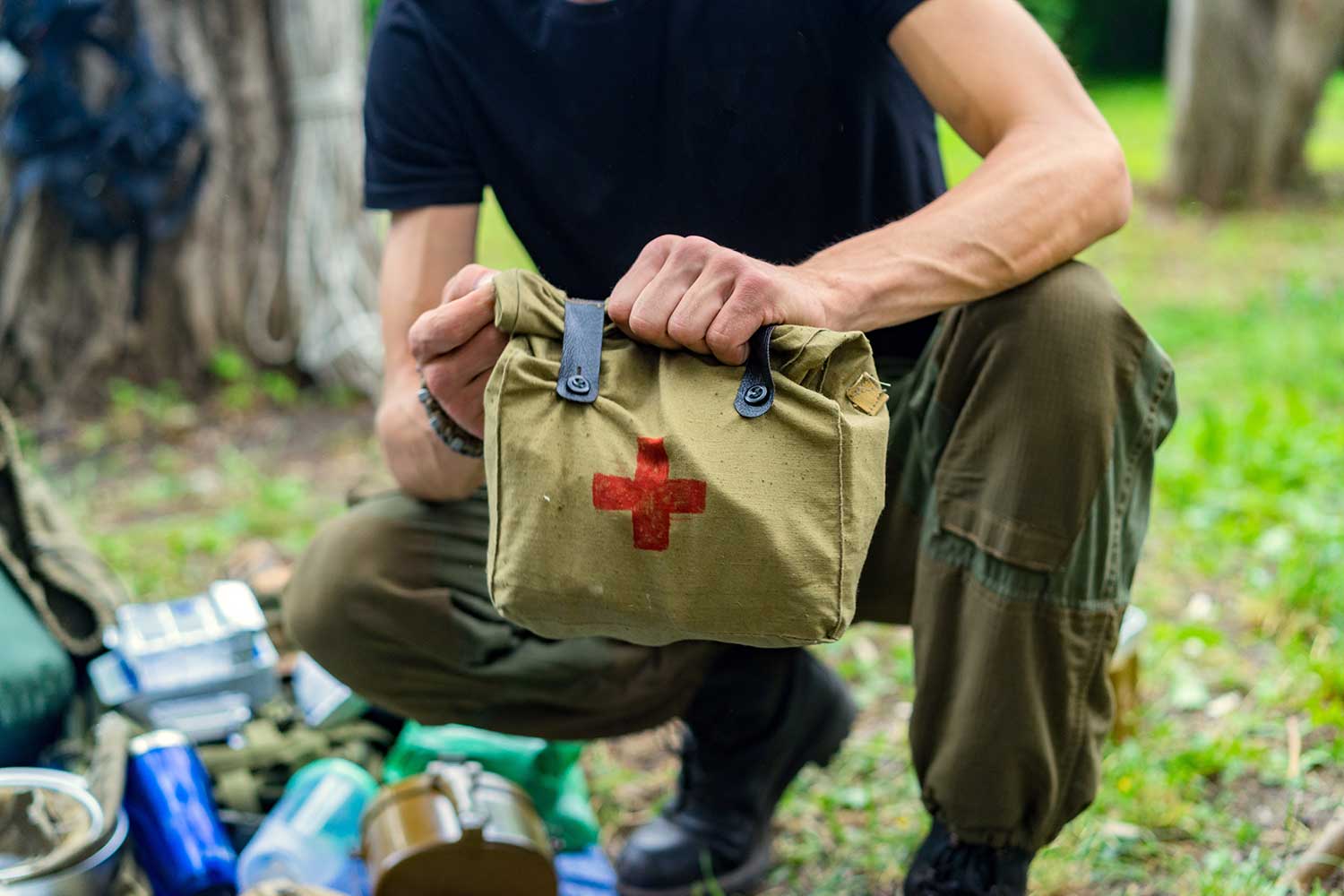
Sunscreen with high SPF protection is crucial under Uganda’s equatorial sun. Choose reef-safe formulas if you’ll be near water bodies. Bring sufficient quantities, as international brands can be expensive or unavailable locally. Lip balm with SPF prevents painful chapped lips in dry savannah environments.
Insect repellent is vital throughout Uganda. Malaria-carrying mosquitoes are present in most safari areas, making prevention essential. Spray repellent on exposed skin and consider treating clothing with permethrin for additional protection. A mosquito net is often provided by lodges, but carrying your own ensures you’re never without protection.
Additional Practical Items
A sturdy daypack holds daily essentials during treks and game drives. Include refillable water bottles to stay hydrated—dehydration significantly impacts your safari enjoyment and trekking ability. Water purification tablets or a filtered water bottle provide safe drinking water when bottled water isn’t available.
Quick-dry travel towels save space and weight compared to regular towels. Ziplock bags in various sizes protect electronics, documents, and keep dirty or wet items separated from clean clothes. A small notebook and pen help record wildlife sightings and personal reflections.
Packing Smart for Your Adventure
Successful Uganda safari packing balances preparedness with practicality. Most travelers overpack, burdening themselves with unnecessary items. Focus on versatile pieces that serve multiple purposes and can be layered for different conditions. Choose lightweight, quick-dry fabrics that can be hand-washed and air-dried overnight.
Remember that Uganda’s beauty lies in its raw, authentic wilderness. You’re not packing for luxury—you’re preparing for adventure. With the right gear protecting you from elements and insects while keeping you comfortable across jungles and savannahs, you’ll be free to fully immerse yourself in the extraordinary wildlife encounters that make Uganda truly unforgettable.
Planning a safari in Uganda alone, as couple, family or small group- we at Mumwe Safaris will be more than happy to organize a memorable adventure in the Pearl Of Africa- simply contact us now by sending an email to info@ugandasafaribookings.com or call us now on +256-700135510 to speak with the resercations team.
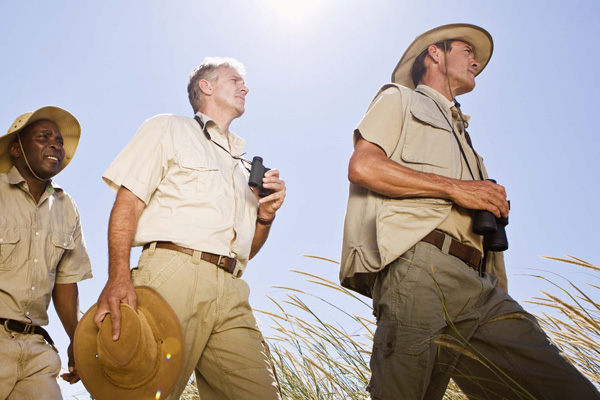
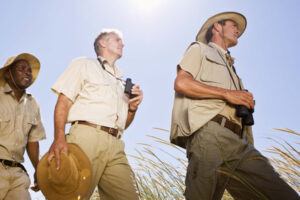
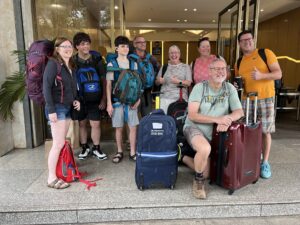

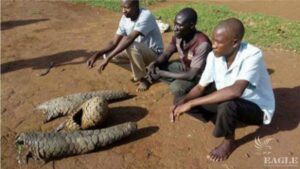
More Articles
Best Time to Visit Uganda for Safaris: Month-by-Month Guide
Uganda vs Traffickers: The Race to Save the Pangolin
All You Need To Know About Gorilla Safaris in Uganda, Rwanda